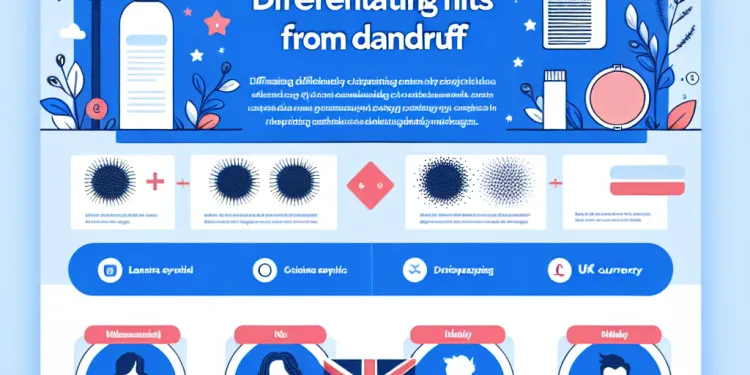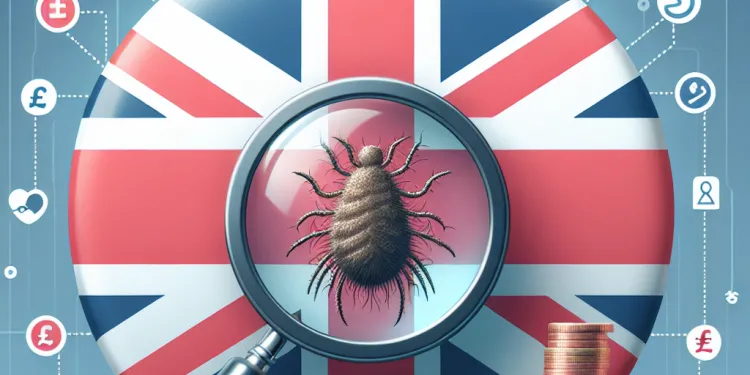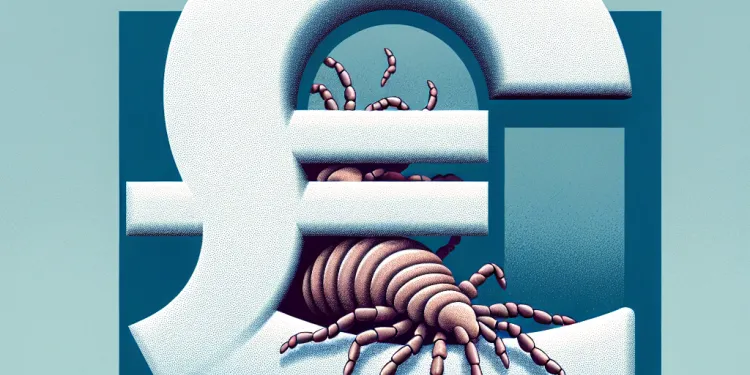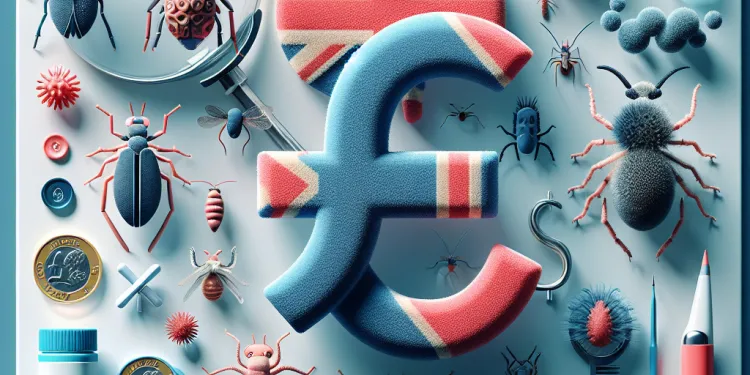
Find Help
More Items From Ergsy search
-

Are nits and head-lice the same thing?
Relevance: 100%
-
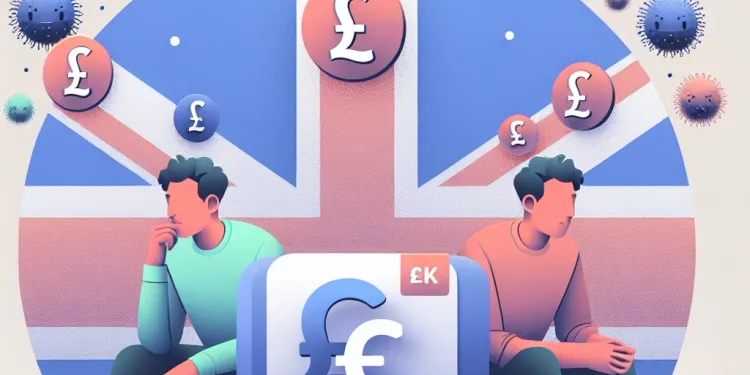
Are nits contagious?
Relevance: 68%
-
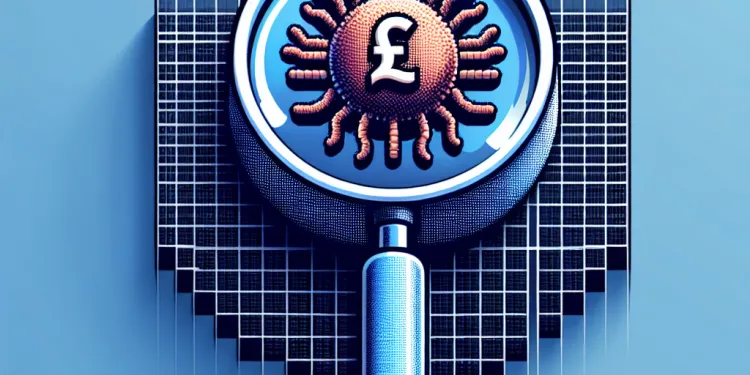
What do nits look like?
Relevance: 64%
-
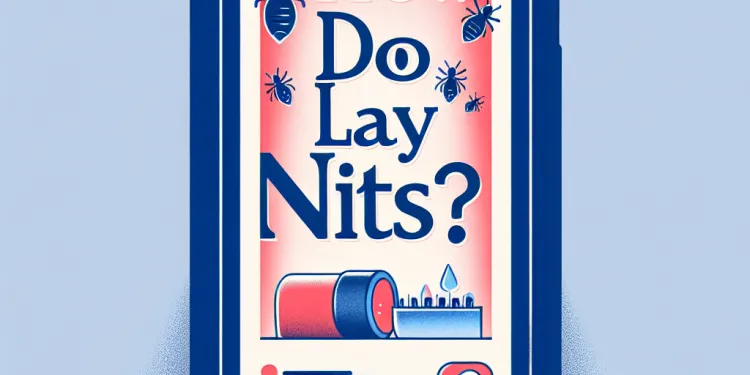
How do lice lay nits?
Relevance: 64%
-
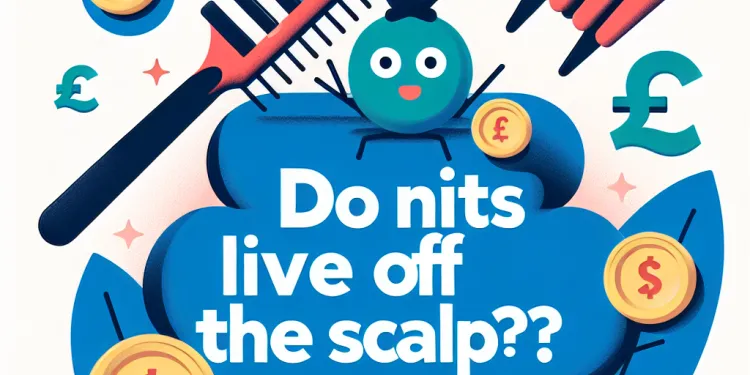
Do nits live off the scalp?
Relevance: 64%
-

Where can nits be found?
Relevance: 64%
-

Can nits hatch into lice?
Relevance: 63%
-
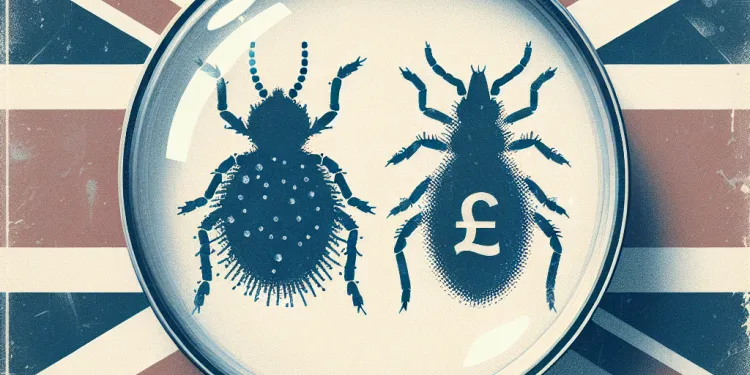
Are nits and head lice the same thing?
Relevance: 61%
-
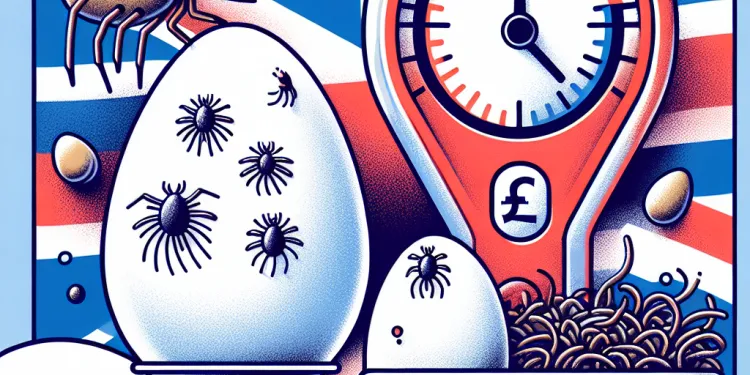
How long does it take for nits to hatch?
Relevance: 60%
-
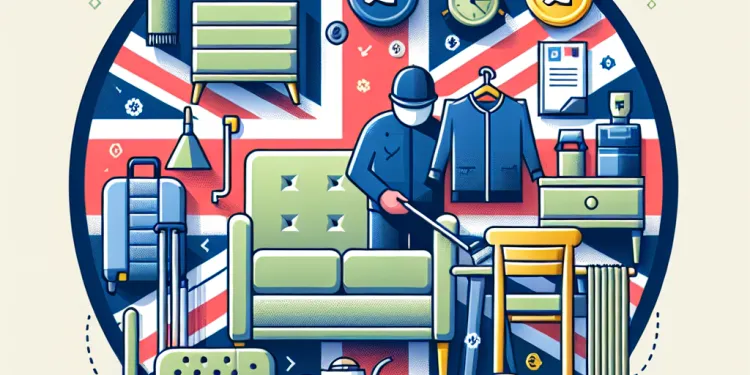
Can nits survive on furniture or clothing?
Relevance: 60%
Understanding Nits and Head Lice
In the UK, head lice infestations are a common concern, particularly among school-aged children. Often, the terms "nits" and "head lice" are used interchangeably, leading to some confusion. However, they refer to different stages in the life cycle of these parasitic insects.
What Are Head Lice?
Head lice, scientifically known as Pediculus humanus capitis, are tiny, wingless insects that live on the human scalp. They survive by feeding on small amounts of blood from the scalp. An adult louse is about the size of a sesame seed and can be tan to grayish-white in color. They move by crawling; they cannot hop or fly. Lice are highly contagious and spread primarily through direct head-to-head contact, but they can also be spread by sharing hats, brushes, or other personal items.
What Are Nits?
Nits are the eggs of head lice. They are laid by the adult female louse and are attached to the hair shaft close to the scalp with a sticky substance that keeps them firmly in place. Nits resemble tiny tan, yellow, or brown dots and can be difficult to spot. They are often mistaken for dandruff or hair product residue but are notably harder to remove. After about 7 to 10 days, nits hatch, and the emerging lice, called nymphs, start to feed immediately.
The Difference Between Nits and Head Lice
Although nits and head lice are closely related, they represent different stages in the lifecycle of these insects. Nits are the unhatched eggs, while the term "lice" refers to both the nymphs and adult insects. Detecting nits does not necessarily mean an active infestation of mature lice, but it indicates that an infestation is likely to occur if untreated. It is important to identify and treat head lice and nits quickly to prevent them from spreading to others.
Treatment and Prevention
In the UK, there are various treatments available for head lice and nits. These include over-the-counter lotions and sprays containing insecticidal properties. It's vital to follow the application instructions carefully for effective results. Additionally, combing the hair with a fine-toothed nit comb can help remove lice and nits. Prevention strategies include avoiding head-to-head contact and not sharing personal items like hairbrushes and hats. Regular checking, especially for school children, can help catch an infestation early.
Conclusion
In summary, while nits and head lice refer to different things, understanding their relationship is crucial for effectively managing and treating infestations. Both require careful and proactive treatment to prevent the spread among families and in communal settings, especially schools. With proper awareness and treatment, head lice infestations can be managed efficiently.
Understanding Nits and Head Lice
In the UK, many children have problems with head lice. This often happens at school. People sometimes use the words "nits" and "head lice" to mean the same thing. But they are not the same. They are different stages of little bugs that live in hair.
What Are Head Lice?
Head lice are tiny insects. They do not have wings and live in people's hair. They feed on blood from the scalp. An adult louse is about the size of a sesame seed. They are tan to grey-white in color. They can crawl, but they cannot hop or fly. Lice spread very easily when heads touch. They can also spread when sharing things like hats and brushes.
What Are Nits?
Nits are the eggs of head lice. A female louse lays nits on the hair. They stick close to the scalp. Nits look like tiny tan, yellow, or brown dots. They are very hard to remove. Nits are often confused with dandruff, but nits are harder to get out of the hair. In 7 to 10 days, nits hatch into baby lice, called nymphs. Nymphs start feeding right away.
The Difference Between Nits and Head Lice
Nits and head lice are different stages of the insect's life. Nits are eggs. Lice are the baby nymphs and adult lice. Finding nits means lice will likely come soon. It is important to treat both nits and lice quickly. This stops them from spreading to other people.
Treatment and Prevention
In the UK, there are treatments for head lice and nits. You can buy lotions and sprays that kill lice. Always read and follow the instructions for these products. Using a fine-toothed comb, called a nit comb, also helps to remove lice and nits. To prevent lice, avoid touching heads with others. Do not share items like hairbrushes and hats. Check hair often, especially for kids at school.
Conclusion
To sum up, nits and head lice are different but related. Knowing this helps treat them better. Treating them quickly stops them from spreading to family and friends, especially at school. With the right knowledge and treatment, head lice problems can be managed well.
Frequently Asked Questions
What are nits?
Nits are the eggs of head lice. They are small, oval, and usually yellow or white in color.
What are head lice?
Head lice are small, wingless insects that live on human scalps and feed on blood.
Are nits and head lice the same thing?
No, nits are the eggs of head lice, not the lice themselves.
Can nits hatch into lice?
Yes, nits hatch into nymphs, which mature into adult lice.
How long does it take for nits to hatch?
Nits typically hatch in about 7 to 10 days.
Can you get rid of nits and lice with the same treatments?
While some treatments target both nits and lice, others may only be effective on live lice, requiring additional measures to remove nits.
What do nits look like?
Nits are small, oval, and translucent to white in color, usually glued to the hair shaft close to the scalp.
Where can nits be found?
Nits are typically found attached to the hair shafts close to the scalp, especially around the nape of the neck and behind the ears.
How do lice lay nits?
Adult female lice lay nits by attaching them to the hair shaft near the scalp with a sticky substance.
Do nits move?
No, nits do not move. They remain attached to the hair shaft until they hatch.
Do nits live off the scalp?
Nits need the warmth of the scalp to incubate and hatch. They cannot survive away from the scalp.
How can you differentiate nits from dandruff?
Nits are firmly attached to the hair shaft, whereas dandruff flakes are loose and can be easily brushed away.
Are nits contagious?
While nits themselves are not contagious, the lice that hatch from them can spread easily from person to person.
Can nits survive on furniture or clothing?
Nits are unlikely to survive on furniture or clothing because they need the warmth of the scalp to develop.
How do lice feed?
Lice feed on human blood by biting the scalp.
Are there different types of lice?
Yes, there are different types of lice, including head lice, body lice, and pubic lice. Each type lives in different areas of the body.
Can pets get nits or head lice?
No, pets do not get or spread human head lice.
How do you check for nits and lice?
Checking for nits and lice involves carefully examining the scalp and hair under good lighting, often using a fine-toothed comb.
What is the best way to remove nits?
Nits can be removed by using a fine-toothed nit comb on wet, conditioned hair and repeating the process every few days.
Can head lice be prevented?
Preventing head lice involves avoiding head-to-head contact and not sharing personal items like hats, hairbrushes, and pillows.
What are nits?
Nits are tiny eggs of lice. Lice are very small insects that live in hair. Nits stick to hair and look like little white dots.
If you want help seeing nits, you can use a special comb called a nit comb. It helps to get nits out of hair.
Nits are the eggs of head lice. They are tiny and shaped like ovals. They are usually yellow or white.
What are head lice?
Head lice are tiny bugs. They live in hair on your head. They make your head feel itchy.
If you think you have head lice, tell an adult. They can help you. You might use a special comb to find them. There is also special shampoo to get rid of them.
Ask someone to show you how to look for head lice. You can learn to help others, too!
Head lice are tiny bugs. They do not have wings. They live on people's heads and drink a little bit of blood from the scalp.
Are nits and head lice the same thing?
No, they are not the same thing.
Nits are the eggs that head lice lay.
Head lice are tiny bugs that live in hair.
Tools that can help you:
- A special comb can help to remove nits and lice from hair.
- A magnifying glass can make it easier to see them.
No, nits are like little eggs that head lice leave behind. Nits are not the tiny bugs called lice.
Do nits turn into lice?
Yes, nits turn into baby lice called nymphs. Then, they grow into adult lice.
Here are some tips to help understand:
- Use pictures to see how nits, nymphs, and lice look.
- Break the sentence into small parts and read slowly.
- Ask someone to read with you and explain words you don’t know.
How long does it take for nits (head lice eggs) to hatch?
Nits are tiny eggs from head lice.
They usually hatch in about 7 to 10 days.
If you find nits, use a special comb to remove them.
You can ask someone to help you check for nits.
There are treatments you can buy to get rid of lice and nits.
Nits hatch in 7 to 10 days.
Can you use the same medicine for nits and lice?
Nits and lice are tiny bugs that live in hair. Nits are the eggs, and lice are the bugs. You can often use the same shampoo or medicine to get rid of both. Make sure to read the instructions on the bottle. If you need help, ask a grown-up or a doctor.
Some treatments can get rid of both eggs (nits) and lice. But other treatments only kill the lice, not the eggs. You might need to do more to take out the eggs.
What do nits look like?
Nits are tiny and oval-shaped. They stick to the hair close to the scalp. Nits can be yellow, brown, or white. They are different from dandruff because you can't shake them off.
If you're having trouble seeing nits, use a bright light and a magnifying glass. You can also ask someone to help you check your hair.
Nits are little and oval-shaped. They are see-through or white. Nits stick to hair close to the skin on your head.
Where do nits live?
Nits are tiny eggs from head lice. You can find them in hair. They stick close to the scalp, behind the ears, and at the back of the neck.
To find them, you can use a special fine-toothed comb called a nit comb.
Nits are tiny eggs that stick to hair. You can often find them near the bottom of the neck and behind the ears, close to the skin.
How do lice lay eggs?
Lice are tiny bugs. They live in hair. They lay tiny eggs called nits.
Here is how they lay eggs:
- Lice stick their eggs to hair. The eggs are very small. They are hard to see.
- Eggs are stuck close to the scalp. The scalp is the skin on your head.
- Nits look like dandruff, but they do not come off easily.
- The eggs hatch, and new lice come out.
Tools to help:
- Use a special comb to find and remove nits.
- Ask an adult for help if you need it.
Grown-up girl lice lay eggs. They stick the eggs to hair close to the skin on your head using something sticky.
Can nits crawl or jump?
Nits are tiny eggs from head lice.
Nits do not move. They stick to hair.
When nits hatch, they become baby lice. Baby lice can crawl but not jump.
Tip: If you want to learn more about nits, you can use pictures or videos. Ask an adult if you need help.
No, nits do not move. They stay stuck to the hair until they hatch.
Do nits live away from the scalp?
Nits are lice eggs. They stick to hair and stay close to the scalp. Nits need warmth from the head to grow. They do not live far from the scalp.
If you think you or someone else has nits, here are some tips:
- Use a nit comb. This is a special comb with small teeth to help remove nits.
- Wash hair with a special shampoo made to kill lice.
- Check everyone in the family. Make sure to treat everyone with nits.
- Wash clothes and bedding in hot water to kill any lice there.
If you need help or more advice, ask a grown-up or talk to a doctor or pharmacist.
Nits are tiny eggs that need to be warm to hatch. They stay close to your head to keep warm. If they move away from your hair, they can’t stay alive.
How can you tell nits and dandruff apart?
Nits stick tightly to the hair. But dandruff flakes are loose and can be brushed off easily.
Can you catch nits from other people?
Yes, nits can spread from one person to another. Nits are tiny eggs on the hair, and they come from lice. Lice are small bugs that move from head to head.
Ways to stop nits from spreading:
- Avoid sharing hairbrushes, hats, or pillows.
- Check hair often for nits and lice.
- Use a special comb or shampoo if you find them.
If you need help, ask an adult or use a magnifying glass to see better.
Nits are tiny eggs. They do not spread from one person to another. But when the lice hatch from the nits, they can move from one person to another very easily.
Do nits live on furniture or clothes?
Nits are tiny bugs that live in hair. They do not live on furniture or clothes for long. They need hair to survive. It is important to clean things like hats and pillows to be safe.
Helpful tools: Use a vacuum to clean furniture. Wash clothes in hot water.
Nits are tiny eggs from head lice. They usually don't live on furniture or clothes. They need to be on a head, where it is warm, to grow.
Helpful tips:
- Comb hair often to check for nits.
- Use a special shampoo if you find nits.
- Wash clothes and bedding in hot water if you have head lice.
How do lice eat?
Lice are tiny bugs that live in hair. They bite your head to drink a little bit of blood.
Are there different kinds of lice?
There are different kinds of lice. There are head lice, body lice, and pubic lice. They live on different parts of your body.
Can pets get head lice?
Do pets have bugs in their fur like head lice?
No, pets do not get head lice. People can only give head lice to other people.
If your pet looks itchy, they might have fleas or other bugs.
Ask a vet, which is an animal doctor, for help.
Feel free to read this with a friend or use a reading tool to help you understand better.
No, pets do not get or give people head lice.
How can you check for nits and lice?
Nits and lice are small bugs that can live in hair. It is important to know how to check for them.
Here is how you can check:
- Find a bright light, like a lamp.
- Get a special lice comb. You can find this at the store.
- Part the hair into small sections.
- Look closely at the scalp and hair base.
- Use the comb to go through each section, from scalp to end.
- Check the comb for tiny white nits or small brown lice.
Helpful tools:
- Magnifying Glass: Makes it easier to see small bugs.
- White Towel: Place hair over a white towel to spot falling lice.
- Mobile Apps: Some apps may help you learn more about nits and lice.
Ask for help if you need. Friends or family can check your hair for you.
To check for nits and lice, look carefully at the scalp and hair. Do this in a bright light. Use a comb with small teeth to help you.
How can I get rid of nits?
Nits are tiny eggs from head lice. They stick to your hair. Here is an easy way to get rid of them:
- Comb your hair: Use a special nit comb. You can find it in a pharmacy. Comb your hair while it's wet.
- Check your hair: Look at your hair in bright light. Make sure no nits are left.
- Use special shampoo: Use shampoo made to kill lice and nits. Ask an adult to help.
- Wash your bedding: Clean your sheets, pillowcases, and hats in hot water. This kills any lice and nits.
It is okay to ask for help from an adult. You can also use apps or online videos to show the steps.
You can get rid of nits by using a special comb with tiny teeth. First, make sure the hair is wet and has conditioner in it. Then, gently comb through the hair. Do this every few days to keep the nits away.
Can you stop getting head lice?
To stop getting head lice, don't touch heads with other people. Don't share things like hats, hairbrushes, or pillows with others.
Tools that might help:
- Use pictures to remember the rules.
- Ask a grown-up if you need help.
Useful Links
- Ergsy carfully checks the information in the videos we provide here.
- Videos shown by Youtube after a video has completed, have NOT been reviewed by ERGSY.
- To view, click the arrow in centre of video.
- Most of the videos you find here will have subtitles and/or closed captions available.
- You may need to turn these on, and choose your preferred language.
- Go to the video you'd like to watch.
- If closed captions (CC) are available, settings will be visible on the bottom right of the video player.
- To turn on Captions, click settings .
- To turn off Captions, click settings again.
More Items From Ergsy search
-

Are nits and head-lice the same thing?
Relevance: 100%
-

Are nits contagious?
Relevance: 68%
-

What do nits look like?
Relevance: 64%
-

How do lice lay nits?
Relevance: 64%
-

Do nits live off the scalp?
Relevance: 64%
-

Where can nits be found?
Relevance: 64%
-

Can nits hatch into lice?
Relevance: 63%
-

Are nits and head lice the same thing?
Relevance: 61%
-

How long does it take for nits to hatch?
Relevance: 60%
-

Can nits survive on furniture or clothing?
Relevance: 60%


